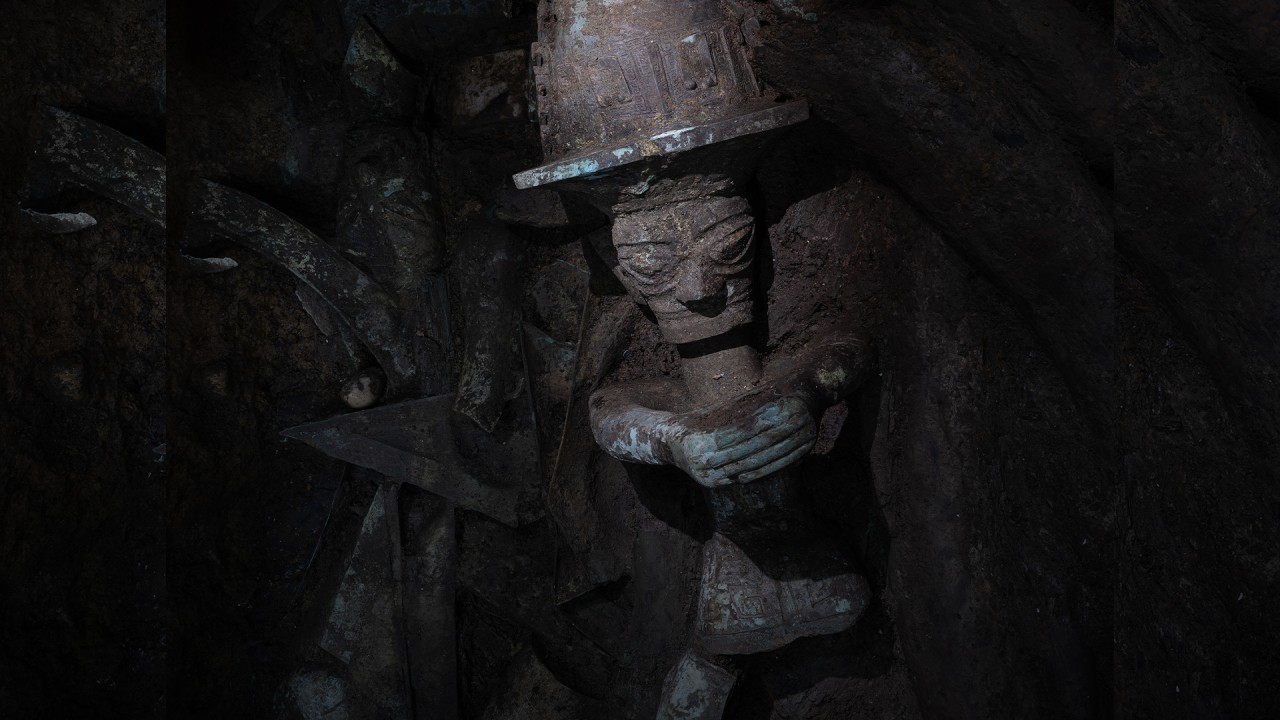Chinese scientists discover remains of 128 children buried in urns in ancient Chinese funerary tradition
- The skeletons are believed to be about 2,000 years old and would not have been cremated
- The urns acted as a protection for the bodies and are a major reason the skeletons preserved well to this day

Archaeologists on Monday announced the discovery of 128 children buried inside of urns as part of an ancient Chinese funerary practice.
The excavation team unearthed the tombs along with coins, pottery and tiles in northern China’s Inner Mongolia autonomous region. They believe these were people who lived during the Han dynasty (202BC-220AD).
During this period, the bodies of children would not have been cremated. People would connect multiple urns – likely two, sometimes more – to create a protective “home” for the body.

Lam Wen-cheong, an assistant professor at the Chinese University of Hong Kong, said there are also examples of adults being buried in urns, but it is overwhelmingly used for children.
“We do not really know why, but it seems that, in this region, people started to use urn burials to bury their passed away children,” he said.
While burying the remains of children in urns sounds strange to modern sentimentalities, it is not overly different from a coffin. As for cremating the bodies before placing them in urns, Lam said Han dynasty people in northern and central China did not practise this tradition.
“In ancient China, cremation appeared quite late, usually after the Han period. In some places, we do find cremated burials dating to the Bronze Age, but in the central plains, they usually appear quite late,” he said.

